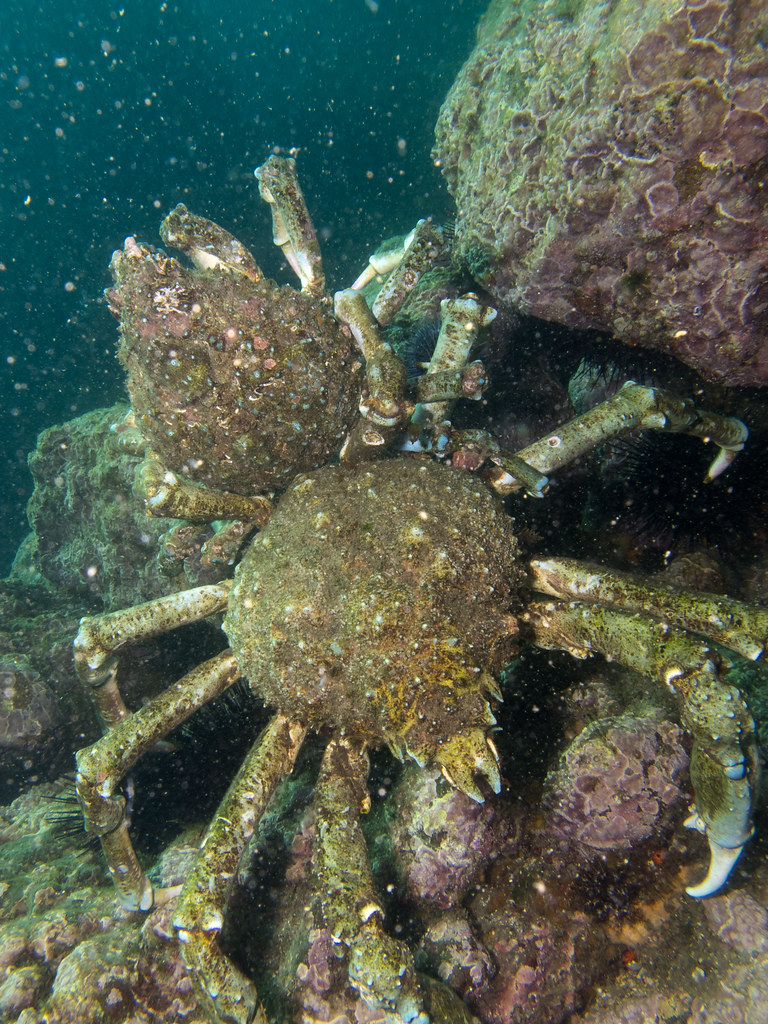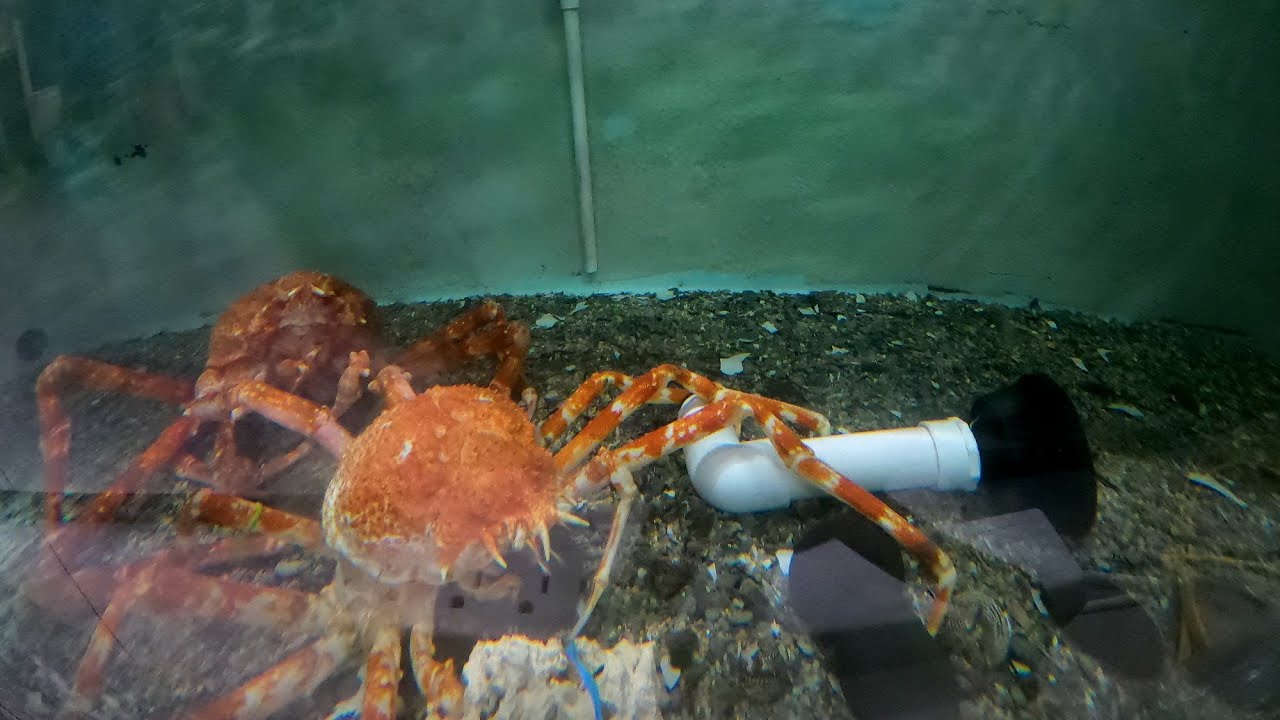Rainbow crabs molt in a cycle, dependent upon their maturity. This timeframe lasts from several weeks to multiple months.
Rainbow crabs are known to molt anywhere from every few weeks to every few months, depending on their age.
Table of Contents
Understanding The Molting Process Of Rainbow Crabs
Understanding the molting process of rainbow crabs is crucial for their growth and development. Introduction to molting in rainbow crabs reveals that molting is the process of shedding their exoskeleton to make way for a new and larger one. It is a natural occurrence that happens regularly.
The significance of molting for rainbow crabs lies in their ability to increase in size. Factors like age and nutrition influence the molting cycle of rainbow crabs. Depending on these factors, rainbow crabs may molt anywhere from every few weeks to every few months.
It is important to note that during the molting process, the crab may appear inactive or hide. Providing a suitable environment and proper care during this time is essential for their well-being.

Frequency Of Molting In Rainbow Crabs: Exploring The Variations
Rainbow crabs molt at varying frequencies depending on several factors. Age plays a crucial role in determining the frequency of molting in these crabs. Younger crabs tend to molt more frequently than older ones. Additionally, environmental conditions also impact the molting cycle of rainbow crabs.
Factors such as water temperature, humidity, and the quality of their habitat influence how often they molt. Adequate calcium intake is crucial for rainbow crabs to have proper shell growth, as molting is the process by which they increase their size.
Depending on their age, rainbow crabs can molt anywhere from every few weeks to every few months.
Observing The Molting Behavior Of Rainbow Crabs
Observing the molting behavior of rainbow crabs reveals physical signs that indicate an approaching molt. Before and during molting, changes in behavior and activity can be observed. Rainbow crabs may become less active and exhibit a decreased appetite. They may also spend more time hiding or burying themselves in the substrate.
Once the molt occurs, the crab enters a recovery phase where it will remain immobilized until its new shell hardens. This process can take several hours to days. It’s important to note that the frequency of molting varies among rainbow crabs, with some molting every few weeks and others every few months.
Understanding the molting behavior of rainbow crabs can help ensure their proper care and well-being.
Frequently Asked Questions For How Often Do Rainbow Crabs Molt
What Happens When A Rainbow Crab Molts?
Rainbow crabs molt in a cycle, lasting from several weeks to multiple months, depending on their maturity. During this time, they won’t eat but will eventually consume their molt when ready.
What Is The Lifespan Of A Rainbow Crab?
The lifespan of a rainbow crab is typically 5-8 years.
What Is The Temperament Of A Rainbow Crab?
The temperament of a rainbow crab is very aggressive and territorial. They prefer to be solitary and may not tolerate the presence of other crabs.
How Often Do Fresh Water Crabs Molt?
Rainbow crabs molt in a cycle, ranging from several weeks to several months, depending on their maturity.
How Often Do Rainbow Crabs Molt?
Rainbow crabs molt anywhere from every few weeks to several months, depending on their age.
What Happens When A Rainbow Crab Molts?
During molting, rainbow crabs shed their exoskeleton to make way for a new and larger one. They may appear inactive or hide during this time.
What Is The Lifespan Of A Rainbow Crab?
Rainbow crabs have a lifespan of 5-8 years.
Conclusion
Rainbow crabs molt in a cycle, dependent upon their maturity. This timeframe can range from several weeks to multiple months. During the molting process, the crab sheds its exoskeleton to make way for a new and larger one. It is during this time that the crab may appear inactive or even hide.
It is important to note that rainbow crabs will not eat during the molting period, but will eventually consume their molt when they are ready. The frequency of molting can vary depending on the age of the crab, with younger crabs molting more frequently than older ones.
Providing a suitable habitat, including proper temperature and water conditions, is essential for the healthy growth and molting of rainbow crabs. Additionally, it is recommended to supplement their diet with calcium to promote good shell growth. By understanding the molting process and providing the necessary care, you can ensure the well-being and growth of your rainbow crab.
I am a passionate aquarist with over 30 years of hands-on experience in fishkeeping. My journey began at a young age, collecting fish from the wild and learning through experimentation. Specializing in tropical fish, I bring a deep understanding of the hobby to FishKeepingMadeSimple. The site provides honest, detailed reviews of essential products and accessories to help fellow enthusiasts create the best environments for their fish.









